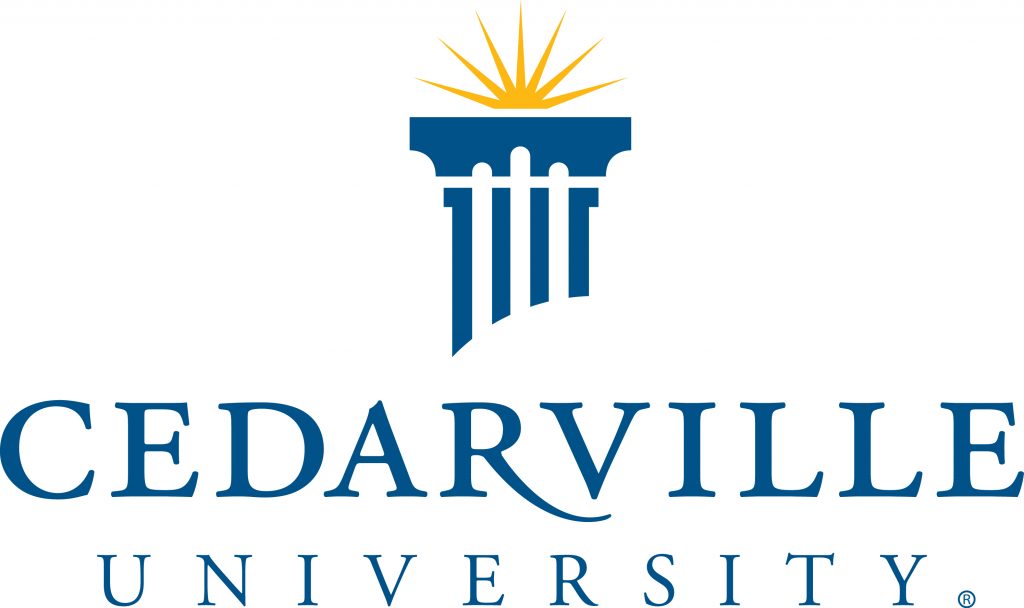Cedarville University in Ohio has conducted research on the 3D printing of human tissue scaffolds. The team says the technology, “has tremendous potential for regrowing bone.”
Since 2015, senior biomedical engineers and the school of pharmacy have investigated medical applications of 3D printing. The ultimate goal for the project is to “design a scaffold that supports cell life and represents the tissue it is meant to replace.”
Initially, FFF 3D printers will be used to create a PLA scaffold. The scaffold will be submerged into a liquid growth media full of “normal endothelial cells.” The cells, supplied by professor of pharmaceutical sciences Dr. Rocco Rotello’s group, attach to the scaffold and reproduce.
I asked Dr. Tim Norman, Professor of Mechanical and Biomedical Engineering at Cedarville University some questions about the project.

Dr. Tim Norman: 3D Printing has the added advantage of customization of implant size and shape as well as internal architecture.
3DPI: Are you using a particular 3D printer for the research?
TN: Our initial research is being conducted on a basic desktop FDM (Fused Deposition Modeling) printer, but our plans are to move towards a commercial high resolution printer.
3DPI: What 3D printing materials are you working with?
TN: We are using 3DP grade PLA as a potential candidate material for cell culture studies. Additional studies using medical grade PLA for testing of implanted samples in living models would need to be conducted to verify a suitable choice of scaffold material.
Some investigators are recommending metal for 3DP of scaffolds. These scaffolds are permanent and are stiffer and stronger scaffolds. Therefore, the structural integrity of the replacement tissue does not necessarily need the added tissue in-growth for suitable material properties and bone integrity.
3DPI: Where do you see this technique having specific application?
TN: These techniques are targeted for large bone voids resulting from metabolic bone disease, trauma or perhaps congenital deficiencies.
3DPI: Can you say anything about the challenges the research has faced, and how these have been overcome?
TN: The challenges of this research are to sort through a large number of variables and to zero in on ones that might have a favorable potential outcome. These variables include 3DP material, scaffold pore size, pore shape, internal architecture, and surface texture. I would not say that these challenges have been overcome, but rather that they are being tackled and investigated as an ongoing effort to understand potential solutions to scaffold design.
Research to be presented at Orthopedic Research Society
The biomedical engineering students working on this project are seniors Mitchell Ryan (Hopkins, Michigan), Daniel Sidle (Macedonia, Ohio), Stephan Smith (Prompton Plains, New Jersey), Jacob Cole (Sidney, Maine), Tierra Martinelli (Cincinnati, Ohio) and freshman Sarah Seman (Delmont, Pennsylvania).
The research will be published by the Orthopedic Research Society (ORS) in March 2018.
We want to know about the academic research driving 3D printing forward. Nominations for the second annual 3D Printing Industry Awards are now open. Make your selections now.
For all the latest 3D printing news, make sure you subscribe to the 3D Printing Industry newsletter, like us on Facebook and follow us on Twitter.
Featured image shows Mitchell Ryan studying human tissue scaffolds in a Cedarville University laboratory with Dr. Tim Norman, professor of mechanical and biomedical engineering. Photo by Scott Huck.



